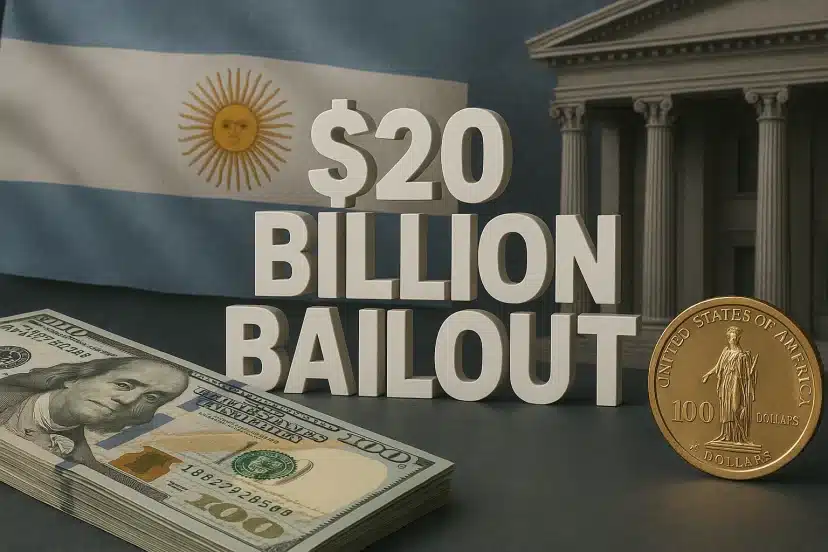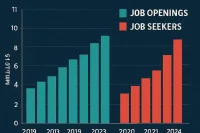Argentina is once again in the global economic spotlight. Despite President Javier Milei securing a $20 billion bailout from the United States, the Argentine peso continues to plummet, and the country’s economic woes show no sign of abating. In this post, we’ll explore the reasons behind the bailout’s failure, the persistent devaluation of the peso, and the broader implications for Argentina’s future.
Background: Argentina’s Economic Crisis
Argentina has a long history of economic instability, marked by high inflation, debt defaults, and currency crises. The most recent crisis has been exacerbated by political uncertainty and dwindling foreign reserves.
The $20 Billion Bailout: What Happened?
In early 2025, President Milei negotiated a $20 billion financial rescue package with the US Treasury (US Treasury) and support from the International Monetary Fund (IMF). The goal was to stabilize the peso and restore investor confidence. However, the bailout failed to achieve its objectives.
Key Reasons for the Bailout’s Failure
- Peso Devaluation: Despite the influx of dollars, the peso continued to lose value due to lack of confidence and persistent inflation.
- Currency Controls: Strict currency controls remained in place, discouraging foreign investment and fueling a black market for dollars.
- Political Uncertainty: Looming elections and policy reversals created an electoral doom loop, undermining long-term reforms.

Currency Controls and the Black Market
Argentina’s government has imposed tight currency controls to prevent capital flight. However, these measures have led to a thriving black market for US dollars, further weakening the official exchange rate.
International Reactions
Global economic institutions like the IMF and major news outlets such as Financial Times and Bloomberg have expressed skepticism about the bailout’s effectiveness.
Real-World Example: The Impact on Small Businesses
Consider a small importer in Buenos Aires. Despite the bailout, they struggle to access dollars at the official rate, forcing them to turn to the black market at much higher rates. This increases costs, reduces competitiveness, and threatens jobs.
FAQs
Q: Why did the $20 billion bailout fail?
A: The bailout failed due to persistent inflation, lack of investor confidence, and ongoing political uncertainty.
Q: What are currency controls?
A: Currency controls are government-imposed restrictions on the buying and selling of foreign currencies.
Q: How does the crisis affect ordinary Argentines?
A: Ordinary citizens face rising prices, job losses, and reduced access to foreign goods.
Conclusion
Argentina’s economic crisis is far from over. The $20 billion bailout, while significant, was not enough to address the underlying structural issues. Without comprehensive reforms and restored confidence, the peso’s decline and economic instability are likely to continue.




